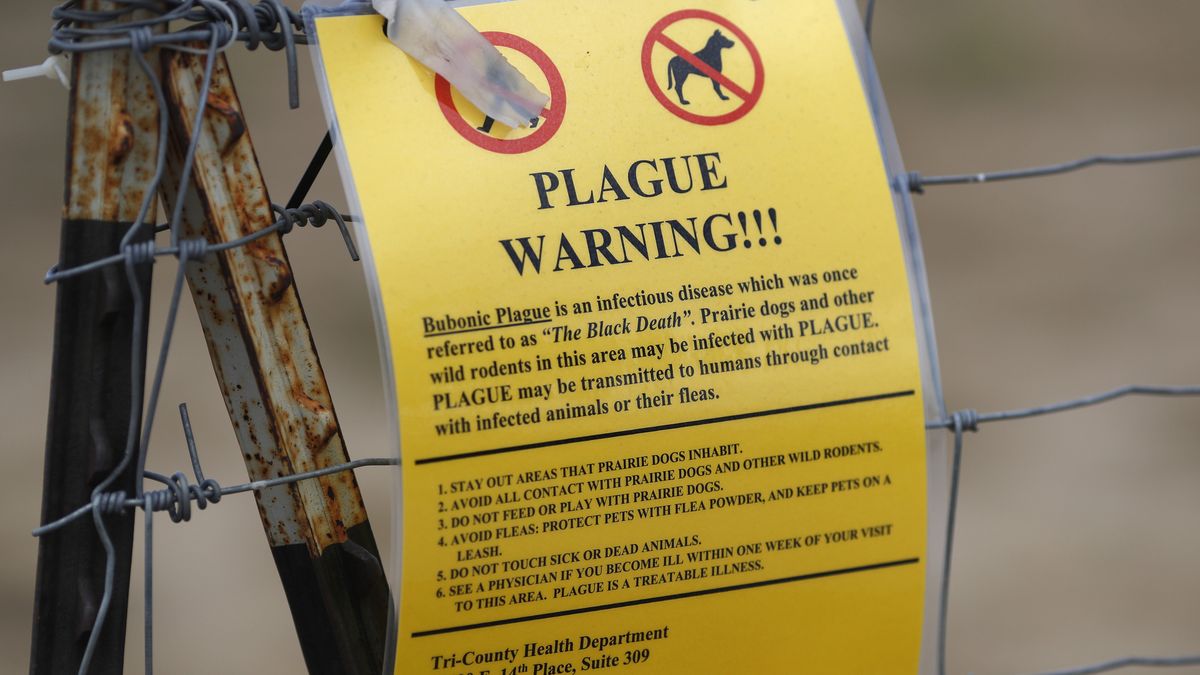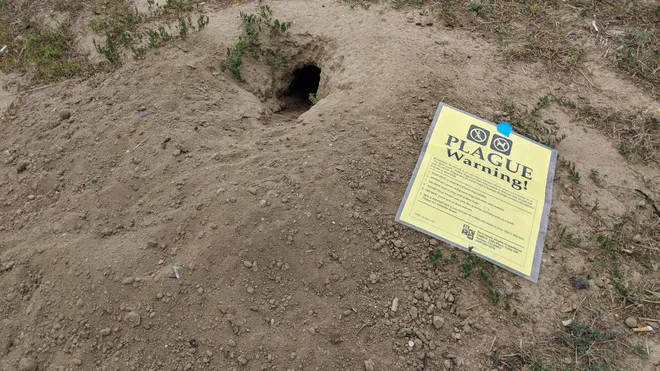A person in Pueblo County, Colorado, approximately 100 miles south of Denver, has been diagnosed with bubonic plague, local health officials announced on Monday. The case was identified based on preliminary test results last week. Trysten Garcia, a spokesperson for the Pueblo Department of Public Health and Environment, confirmed via email on Tuesday morning that the infection was indeed bubonic plague. Initially, officials had only identified the case as “plague.” The infection was reported on Friday, and the individual, who was hospitalized, has since shown signs of improvement.

What is the Bubonic Plague?
Bubonic plague, notorious for causing historic pandemics across Europe and Asia, is caused by the bacterium Yersinia pestis. This bacterium is transmitted through fleas, which are commonly carried by wild rodents such as rats and prairie dogs. Human infection occurs when an infected flea bites a person or when a person handles or skins an infected animal. In the United States, most human cases of plague have occurred in the Southwest, including northern New Mexico, northern Arizona, and southern Colorado, as well as in parts of California, southern Oregon, and far western Nevada. On average, the U.S. reports seven human plague cases annually, according to the Centers for Disease Control and Prevention (CDC).
Earlier this year, a New Mexico man died from the plague, and an Oregon resident was diagnosed with the disease, likely contracted from an infected pet cat.
Symptoms and Forms of Plague
According to the World Health Organization (WHO), symptoms of bubonic plague can develop after an incubation period lasting from one to seven days. Common symptoms include sudden fever and chills, severe headaches, muscle aches, nausea, and vomiting. A distinctive symptom of bubonic plague is the appearance of swollen and painful lymph nodes, known as buboes, which give the disease its name. These swellings typically appear in the armpits, groin, and neck, and can range in size from less than half an inch to about four inches, as noted by the Mayo Clinic.
How Do They Spread?
Bubonic plague does not spread from person to person. Other forms of plague include pneumonic plague, which infects the lungs and can spread through airborne droplets from an infected person, and septicemic plague, which infects the blood. Pneumonic plague can also develop if untreated bubonic or septicemic plague bacteria spread to the lungs. The WHO estimates that the mortality rate for untreated bubonic plague ranges from 30% to 60%, while pneumonic plague is almost always fatal if left untreated.
Preventative Measures Against Plague
Given that wild rodents in the American West commonly carry plague, health officials in Pueblo County have issued warnings to help prevent the spread of the disease. Residents are advised to clear areas where rodents may hide or breed near homes, garages, sheds, and recreational spaces. Pets should be prevented from hunting or roaming in rodent habitats, including prairie dog colonies, and should be treated regularly for fleas. It is important to note that flea collars are not proven effective against plague-infested fleas. Additionally, officials recommend not allowing pets to sleep with their owners and avoiding contact with dead animals.

If handling sick or dead animals is necessary, officials advise using insect repellents containing 20% to 30% DEET to protect against fleas. A long-handled shovel should be used to pick up the animal and place it in an outdoor garbage bag for disposal. By taking these precautions, residents can help minimize the risk of contracting bubonic plague and protect both themselves and their pets from this serious disease.
